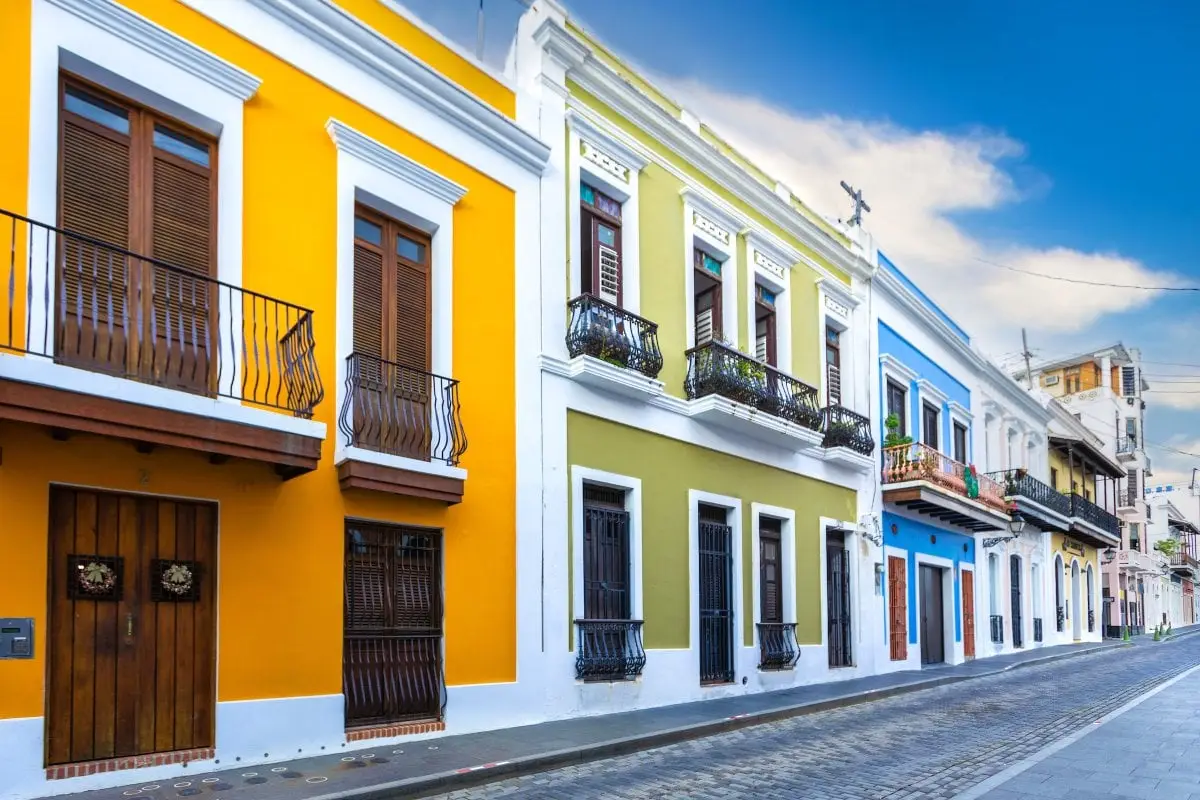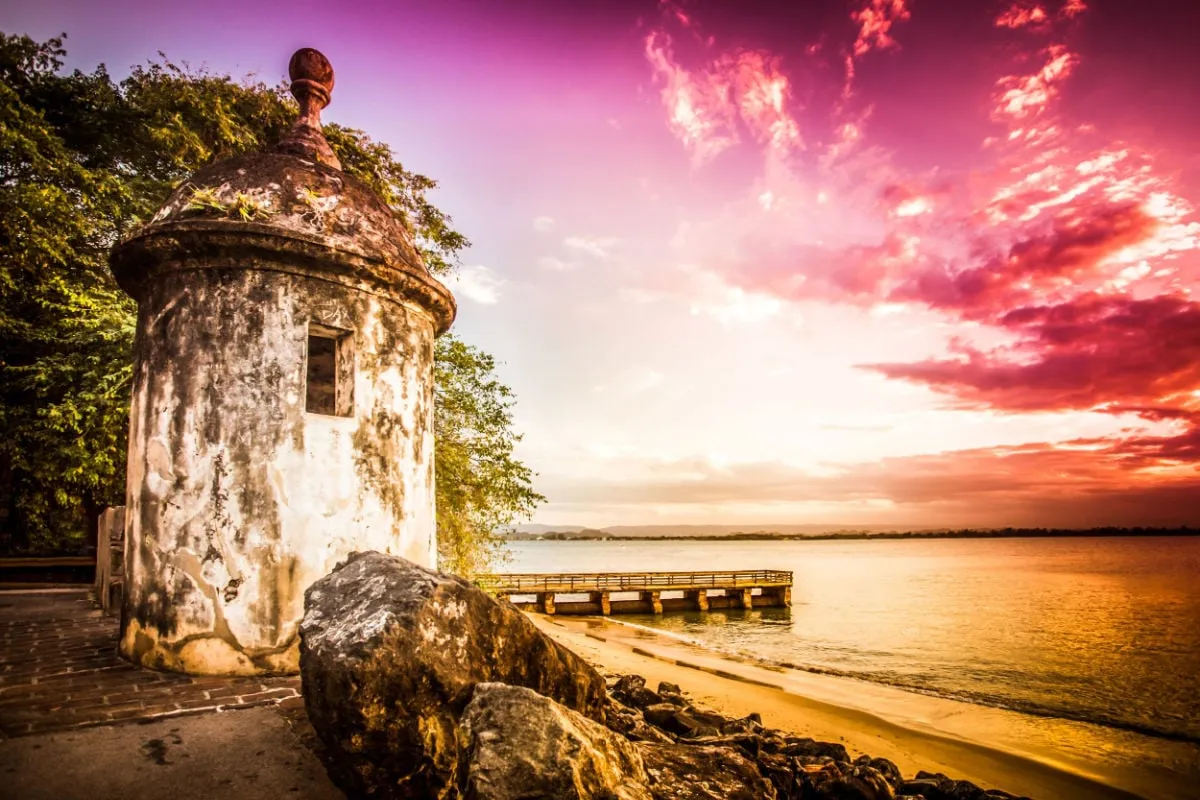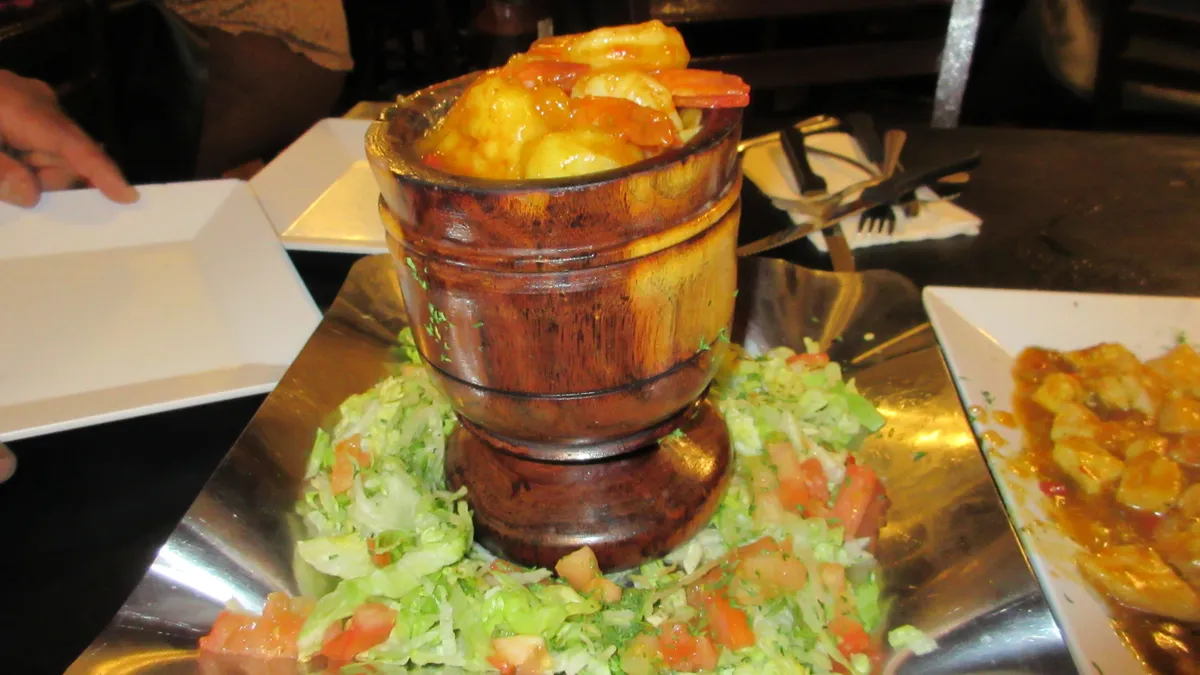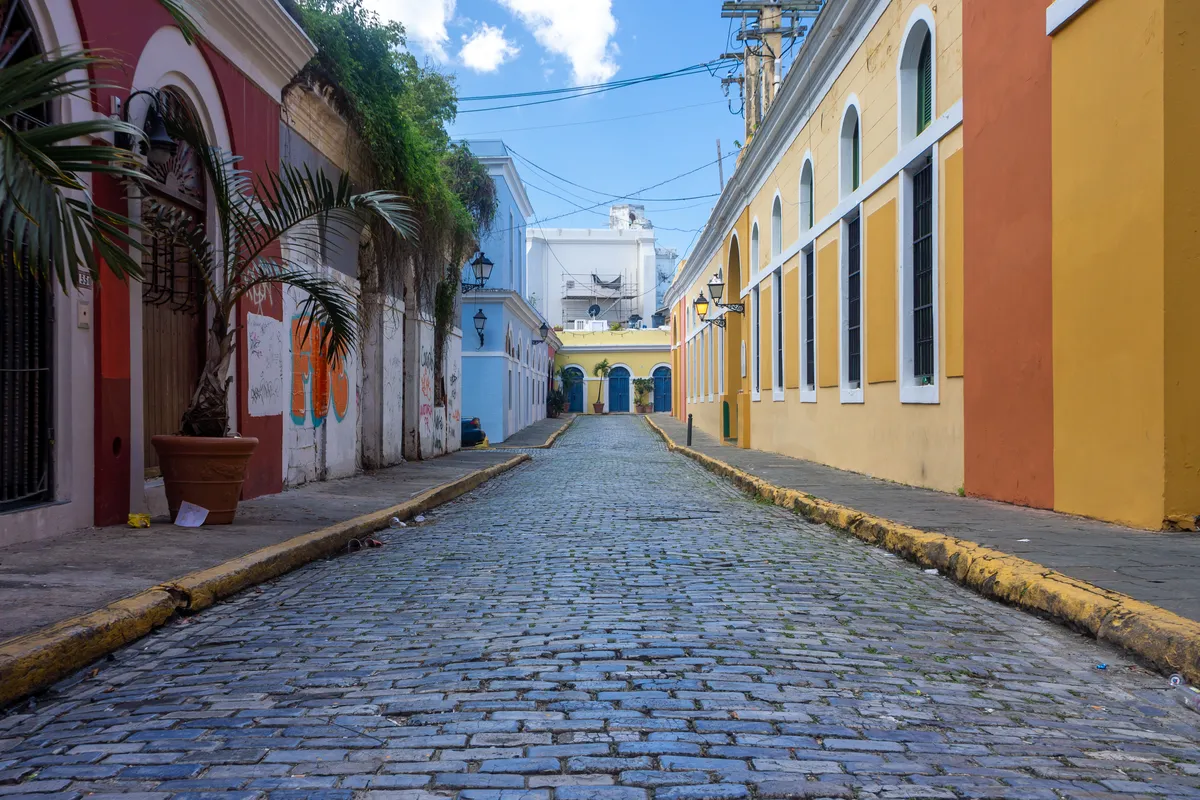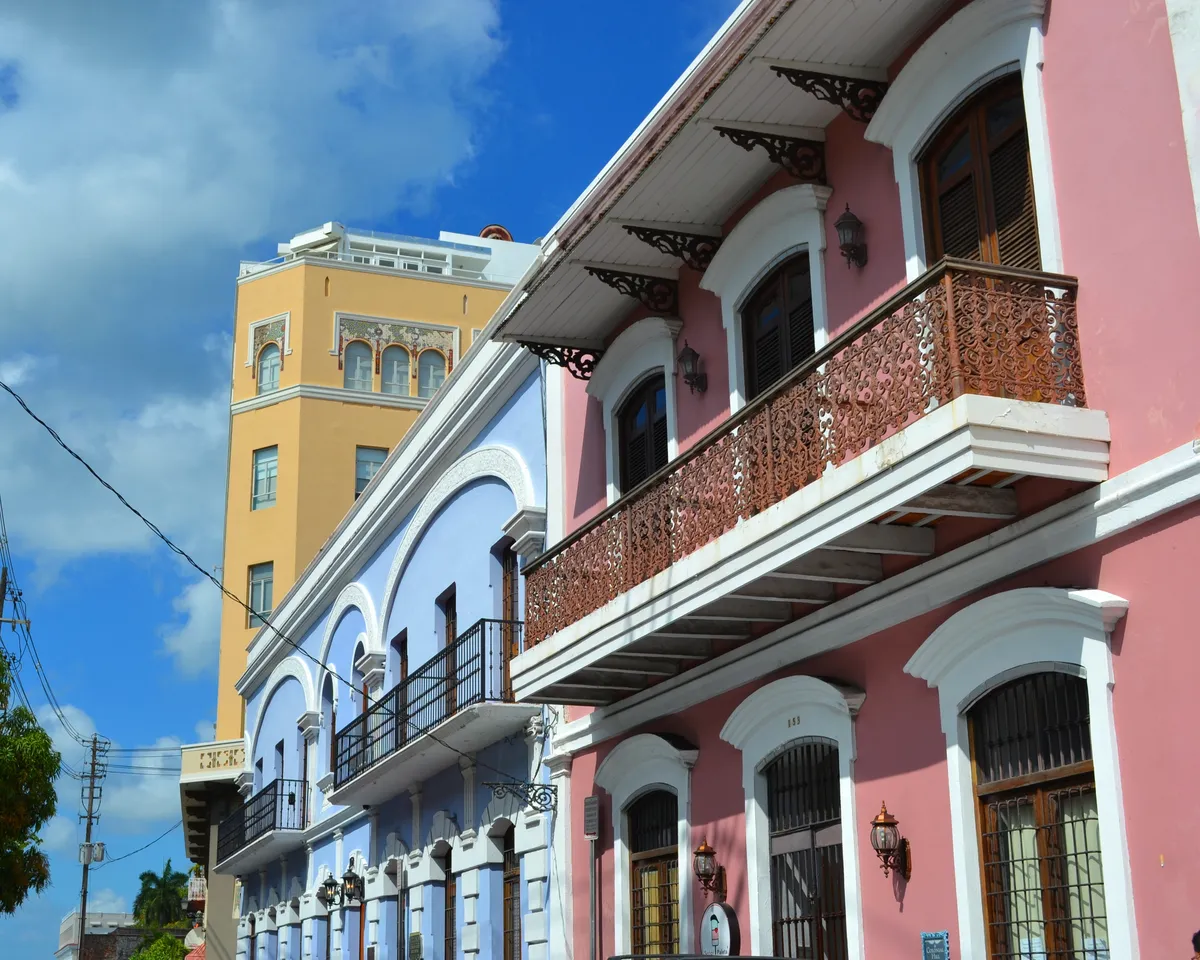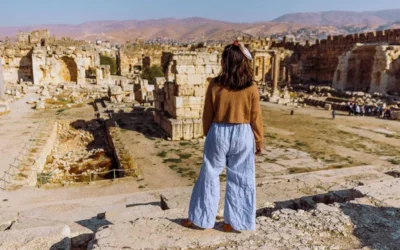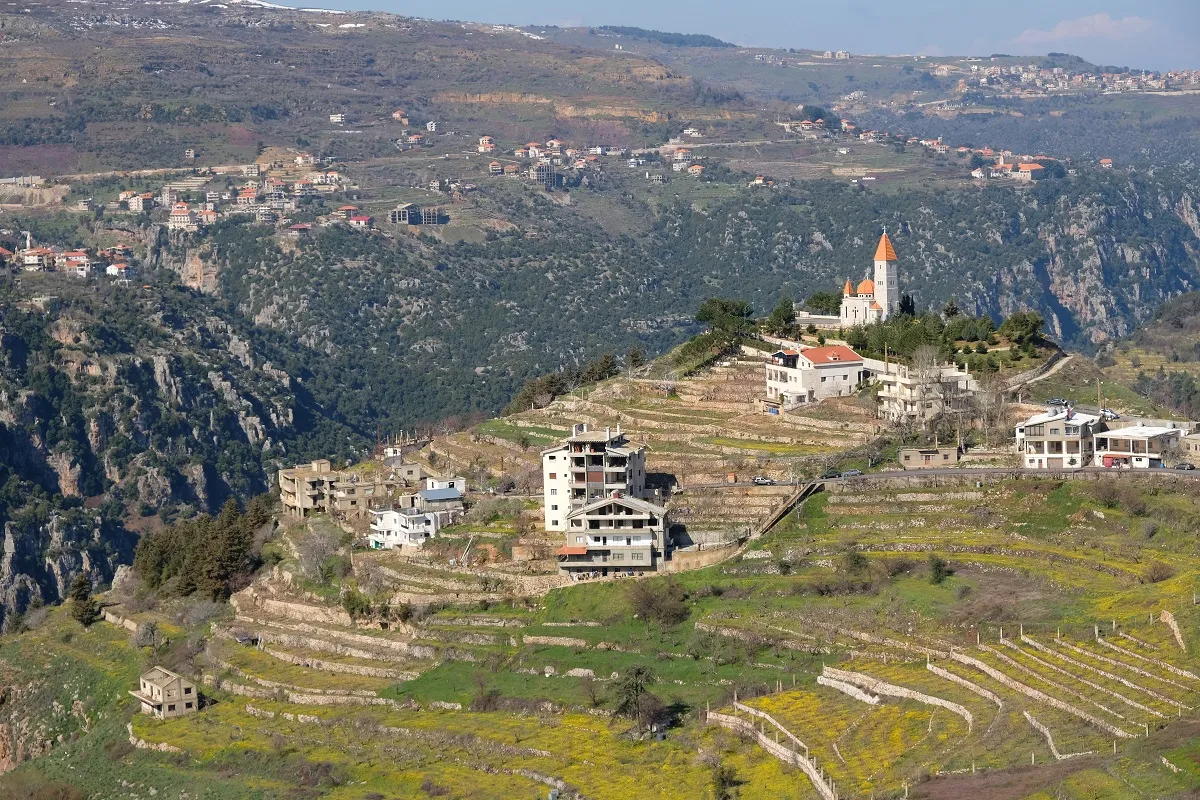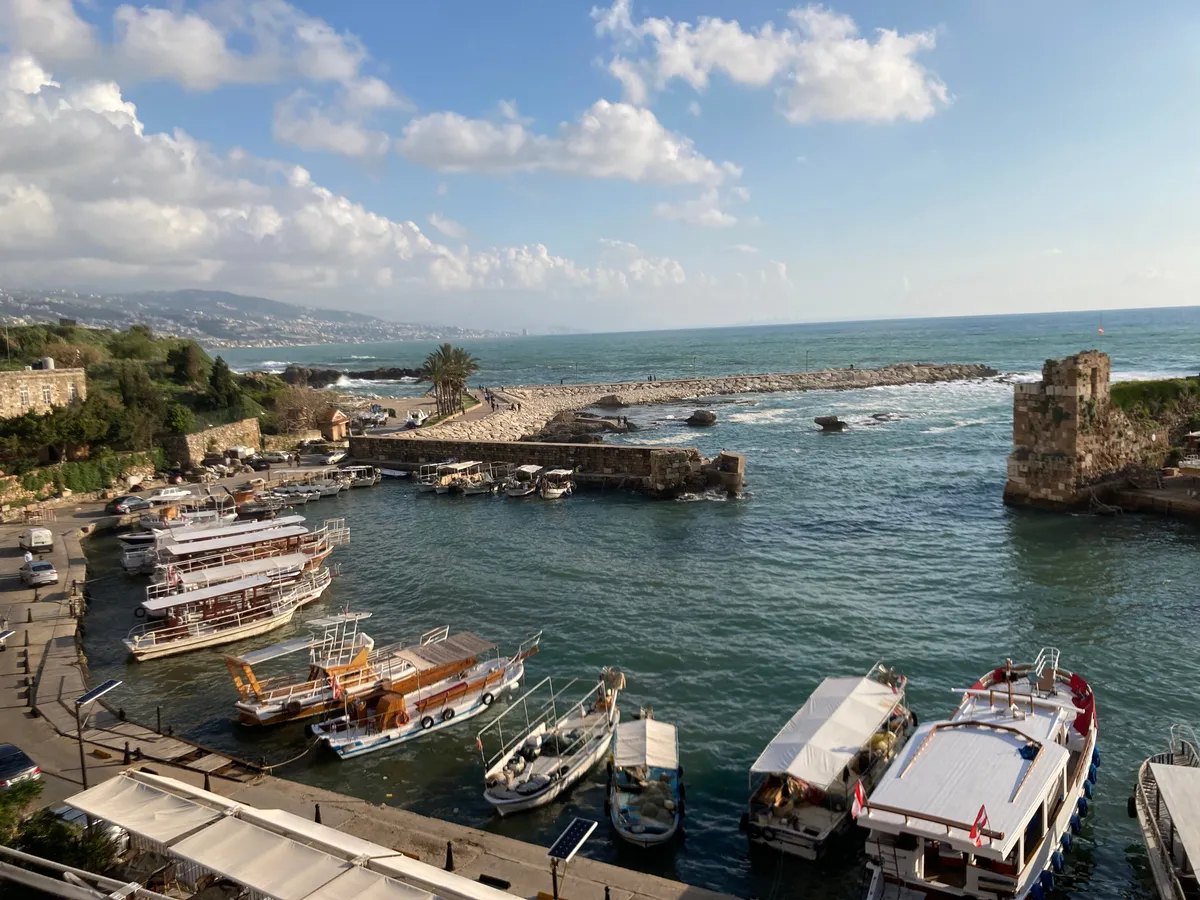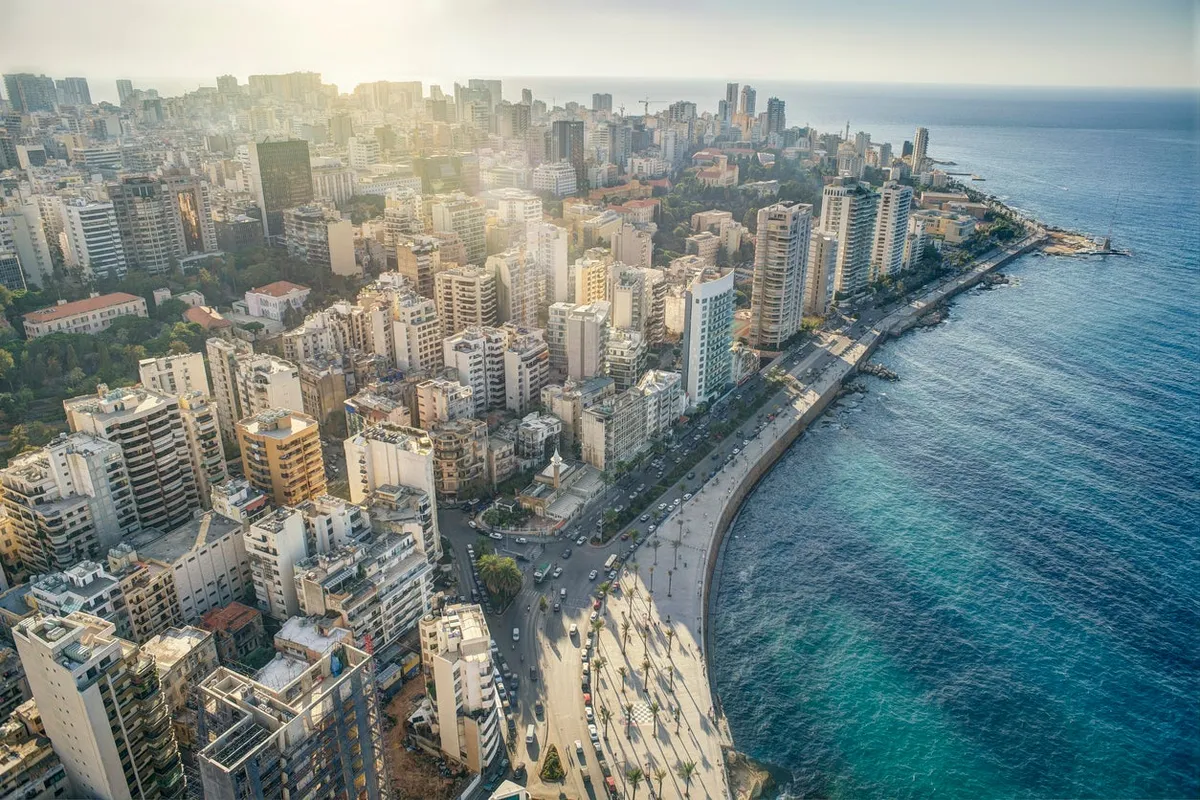Old San Juan isn’t just another Caribbean destination; it’s a 500-year-old story you can walk through. From the moment you step onto its famous blue cobblestones (called adoquines), which once balanced Spanish galleons, you’ll understand why this UNESCO World Heritage Site captures hearts so completely. The city pulsates with rhythm, bursts with color, and encapsulates the warmth and energy of Puerto Ricans in a way that feels both timelessly historic and vibrantly alive. Whether you’re drawn by the massive fortresses guarding the harbor, the Instagram-worthy pastel facades, or the fact that this is the birthplace of the piña colada, this guide covers all the best things to do in Old San Juan.
Overview: A Living Museum of Caribbean Charm
Old San Juan represents something truly special: a 500-year-old neighborhood where history isn’t confined behind velvet ropes but flows through daily life. This compact seven-square-block area on a small island seamlessly blends Spanish colonial architecture with modern Caribbean energy. The result is a unique atmosphere that many visitors describe as feeling “like you’re in Spain” while maintaining an unmistakably tropical spirit.
The city’s UNESCO World Heritage designation recognizes the global significance of its formidable forts—Castillo San Felipe del Morro and Castillo San Cristóbal—along with the massive city walls and La Fortaleza. But beyond these monuments, the real magic happens in the narrow streets lined with wrought-iron balconies overflowing with flowers, where the sound of tiny coqui frogs mingles with salsa music drifting from open doorways.
For American travelers, the practical benefits of visiting Old San Juan are significant. As a U.S. territory, no passport is required, the currency is the U.S. dollar, and English is widely spoken in tourist areas, making it an exceptionally accessible Caribbean escape. Despite being the busiest cruise port in the Caribbean, it feels “surprisingly relaxed” with many “intimate romantic spots to escape from the crowds.” The city’s appeal lies in this seamless integration of ancient and modern, tourist hub and authentic community, American convenience and Latin soul. However, visitors should be prepared for steep hills and uneven cobblestones, which can be challenging to navigate in the tropical heat.
Top Attractions in Old San Juan
The Mighty Fortresses That Defined the Caribbean
The defense of this historic city rested on two monumental fortresses, both part of the San Juan National Historic Site managed by the U.S. National Park Service.
Castillo San Felipe del Morro (El Morro) stands as the iconic guardian of San Juan Bay. Construction began in 1539, and this six-level citadel rises 140 feet above the Atlantic, offering what travelers describe as “breathtaking views of the ocean.” The experience is remarkably immersive; you can explore the labyrinthine structure freely, with none of the frustrating velvet ropes found at many world heritage sites. The vast green esplanade leading to the fort is famous for kite flying in the steady trade winds—a quintessential Puerto Rican experience.
Castillo San Cristóbal, covering 27 acres as the largest Spanish fort in the Americas, was designed to protect against land-based attacks. Built from 1634 to the late 1700s, its complex design includes a maze of tunnels, a moat, and a dungeon still bearing 18th-century ship drawings etched by a prisoner. Many travelers recommend starting here for sweeping city views that perfectly complement El Morro’s dramatic ocean vistas.
A single $10 ticket provides access to both forts within 24 hours—an incredible value for exploring some of the most significant historical fortifications in the Western Hemisphere. Be prepared for lots of walking and climbing.
The Storied Streets of Old San Juan
Walking the streets of Old San Juan is an attraction in itself, transforming a simple stroll into a journey through a living art gallery.
The blue cobblestones (adoquines) beneath your feet tell their own story. Cast from furnace slag and brought from Spain as ship ballast, centuries of exposure have given them their signature iridescent blue hue. While beautiful, they can be uneven, so comfortable, sturdy shoes are essential.
Calle Fortaleza (“Umbrella Street”) is the most photographed street in the city, famous for its ever-changing canopy of overhead art installations. The original “Umbrella Sky Project” was installed to “bring color back into the lives of the people” following the devastation of Hurricanes Irma and Maria in 2017.
Calle del Cristo and Calle San Sebastián define much of the city’s character. Calle del Cristo, the oldest street, houses boutiques and galleries. On weekends, Calle San Sebastián transforms into the heart of the nightlife, where bars overflow with patrons and live music spills into the street.
Waterfront Promenades and World-Class Views
Paseo de la Princesa has been called one of the “most scenic walkways in the world.” This restored 19th-century promenade features charming old street lamps, lush gardens, and stunning views of San Juan Bay, culminating at the magnificent Raíces (Roots) Fountain.
Paseo del Morro continues this journey, tracing a 3/4-mile route directly beneath the towering 40-foot-high city walls. One traveler described this as “hands down one of my top things to do in Old San Juan” for its spectacular perspective of the massive fortifications. The walk concludes at Puerta de San Juan (San Juan Gate), the imposing 16-foot-tall red gate that is the only survivor of the original five city entrances.
The Food and Drink Scene in Old San Juan
The city’s culinary landscape reflects its multifaceted identity—historic, local, modern, and joyful. You can taste this character in everything from traditional Puerto Rican food to an innovative fine-dining tasting menu.
The Great Piña Colada Quest
The piña colada originated in Puerto Rico, and its creation story involves two local claimants that add charm to any bar crawl. Barrachina on Calle Fortaleza proudly displays a plaque commemorating bartender Ramón Portas Mingot’s 1963 creation. The Caribe Hilton, just outside Old San Juan, presents a competing claim, asserting their bartender Ramón “Monchito” Marrero created it in 1954.
For modern cocktail enthusiasts, La Factoría elevates the game entirely. Consistently ranked among the world’s 50 best bars, this speakeasy-style establishment consists of six interconnected bars, each with a distinct atmosphere.
Essential Puerto Rican Dishes to Try
The holy trinity of Puerto Rican cuisine includes Mofongo (savory fried green plantain mash), Lechón (slow-roasted suckling pig), and Tostones (twice-fried plantain slices). For authentic, non-touristy experiences, locals consistently recommend Cafe Manolin and El Jibarito. Deaverdura earns praise for fresh, healthy options at “locals-prices.”
Marmalade on Calle Fortaleza represents the upscale end, offering imaginative multi-course tasting menus. Chocobar Cortés offers a unique concept where every menu item incorporates high-quality Puerto Rican chocolate. For a classic breakfast, La Mallorca serves its namesake pastry—sweet, coiled bread dusted with powdered sugar.
Street Food Adventures
The streets serve as an open-air dining room offering quick, authentic island tastes. Look for Alcapurrias (deep-fried fritters), Bacalaitos (crispy salted codfish fritters), and Pinchos (grilled chicken or pork skewers). To beat the tropical heat, try Piraguas (hand-shaved ice with fruit syrups) and Limber (a frozen dessert between a popsicle and an ice cup).
Planning Your Visit to Old San Juan
Best Time to Visit
- High Season (Mid-December to April): Offers ideal weather with warm temperatures and minimal rainfall but brings larger crowds and peak pricing.
- Shoulder Season (May to June): Provides a sweet spot with pleasant weather, fewer tourists, and moderate prices.
- Low Season (July to November): The most budget-friendly time but aligns with Atlantic hurricane season.
Getting There and Getting Around
Taxis from Luis Muñoz Marín International Airport (SJU) operate on flat rates. Uber is also widely available. The historic district is best explored on foot. For longer distances, a free trolley service (yellow carts called Garitas) circulates between popular landmarks.
Critical advice: Do not rent a car if staying primarily in Old San Juan. The streets are extremely narrow, and parking is very limited.
Essential Tips Before You Go
- Currency and Language: The U.S. Dollar is the official currency. Both Spanish and English are official languages.
- Safety: Old San Juan is generally safe for tourists. Apply standard city precautions and avoid the La Perla neighborhood, particularly at night.
- Cultural Etiquette: Tipping mirrors mainland U.S. standards (15-20%). The pace of life is relaxed; servers won’t bring the check until requested. Remember this is a living community, so be mindful of noise levels at night.
Where to Stay in Old San Juan
Accommodations range from budget hostels to luxurious historic hotels.
- Budget Options: Juliette Hostel (women-only) and Navona Studios are highly praised for clean, central, and affordable stays.
- Mid-Range Boutique: CasaBlanca Hotel and Fortaleza Suites impress with charming decor, great locations, and excellent service.
- Historic Luxury: Hotel El Convento, a restored 17th-century convent, offers unparalleled historic atmosphere. For modern luxury, Palacio Provincial is a highly-rated, adults-only hotel with a breathtaking rooftop infinity pool.
Old San Juan delivers an experience that transcends typical vacation categories. This isn’t just a place you visit—it’s a place you feel. The vibrant culture, the warmth of the people, and the sheer beauty of 500 years of history create lasting impressions. The city’s true essence emerges from the seamless blend of ancient stones and modern life, where every cobblestone and sea breeze tells a story. Your ultimate souvenir from Old San Juan will be the collection of memories created within its ancient, colorful walls.
Read more:
